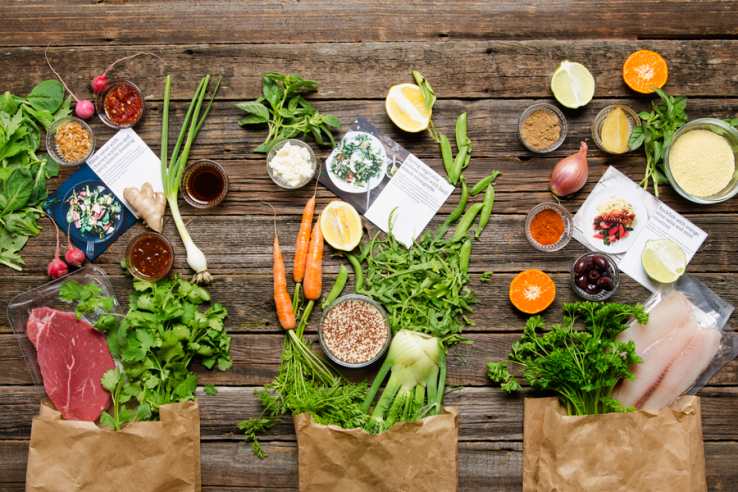
Meal Kit companies such as Blue Apron, Plated, or even Amazon have grown to become an increasingly viable option for the American dinner table. Once considered a novelty or something reserved for millennials living in Brooklyn, they have provided a sense of health, comfort, and convenience to families who strive for something that brings them together and isn’t fast food. Progressive grocers are taking note and exploring ways that they can serve this need with their local patrons. Kroger, for example, is testing a private label meal kit in 200 of its stores in the Midwest. Click here for more details.
Intuitively it makes sense for grocers to offer an alternative to mail order kits. But there are a whole host of questions that should be thoughtfully considered when investigating such an endeavor. We are going to narrow our focus to the realm we know well, namely pricing and promotion. Below is a list of four questions that merchants, buyers, and marketers should address during the evaluation process.
- How should meal kits be priced considering competition, cost, cannibalization, and market share?
- What factors are to be considered relating home delivery to store pickup? If they come to the store, they may buy more stuff.
- How should volume discounts be applied?
- How should kits be promoted?
Each one of these questions should be supported with hard data and asked within context of your current strategy. While meal kits may not work for every grocer it would be a true mistake to not give the concept serious consideration. This is a big part of the future and you need to stay informed of how consumers respond to the concept. Clear Demand is following this trend closely and will share more insights down the road.
